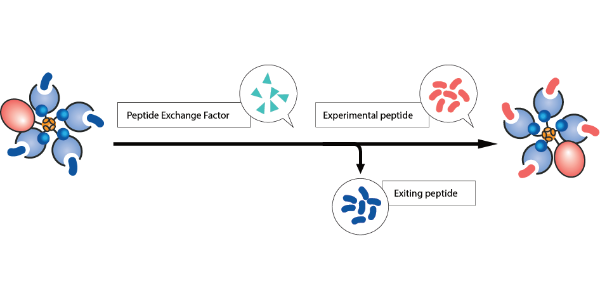MBLI QuickSwitch™ kit technology aims to replicate the immune response by mimicking peptide exchange on an MHC molecule.
Rapid and Reliable Custom Tetramer Generation for T-Cell Staining


MBLI QuickSwitch™ kit technology aims to replicate the immune response by mimicking peptide exchange on an MHC molecule.

Use QuickSwitch™ Class II Quant Tetramer to investigate peptide-MHC binding affinities & conclude with your specialised CD4+ T cell detection reagent!

Here are the highlights of some of the influential publications that have utilised MBLI QuickSwitch™ Tetramer Kits in 2023.

Wang, Wenfeng, et al 2023, selected the top 15 top peptides for self-antigen for their study. By using the QuickSwitch™ kit, they successfully switched 6 peptides to the tetramer complex with an efficiency of over 75%.

Research findings indicate that neoantigens have the potential to activate tumour-specific T-cell-mediated anti-tumour immune responses.
In a previous blog post (How to screen SARS-CoV-2 peptides to facilitate T cell research) MBL International described how the immune system samples all of the pathogenic proteins by looking at the small fragments of each protein and determining whether that
In a previous blog post (How to screen SARS-CoV-2 peptides to facilitate T cell research), MBL International describes how the immune system samples all of the pathogenic proteins by looking at the small fragments of each protein and determining whether
In a previous blog post (How to screen SARS-CoV-2 peptides to facilitate T cell research) MBL International described how the immune system samples all of the pathogenic proteins by looking at the small fragments of each protein and determining whether
In a previous blog post (How to screen SARS-CoV-2 peptides to facilitate T cell research) MBL International described how the immune system samples all of the pathogenic proteins by looking at the small fragments of each protein and determining whether
Whenever our immune system is faced with a challenge, be it a multicellular parasite, a bacteria, a virus, or even cancer, this threat is detected and sampled primarily by the protein sequence of the pathogen in question. Other aspects of